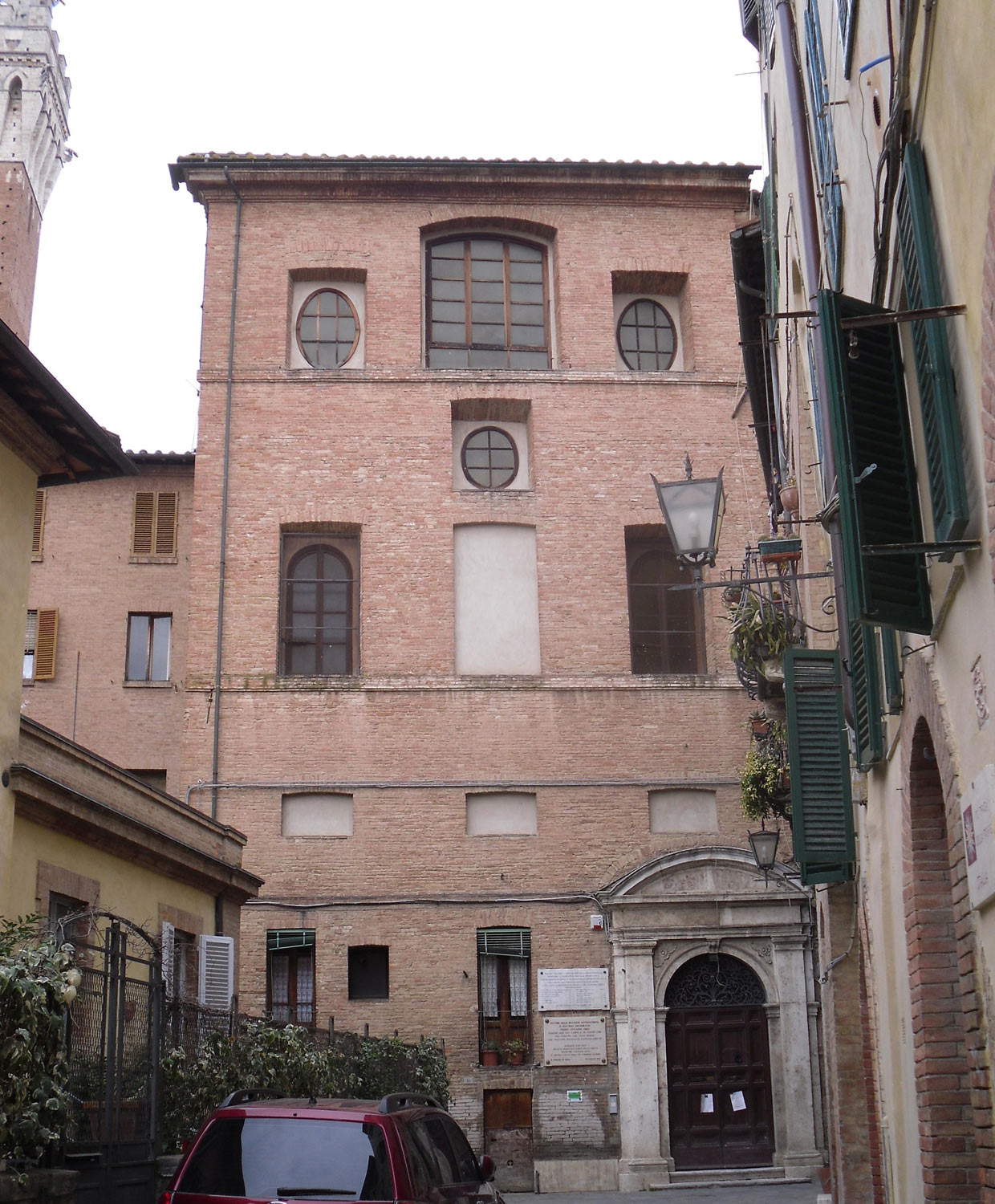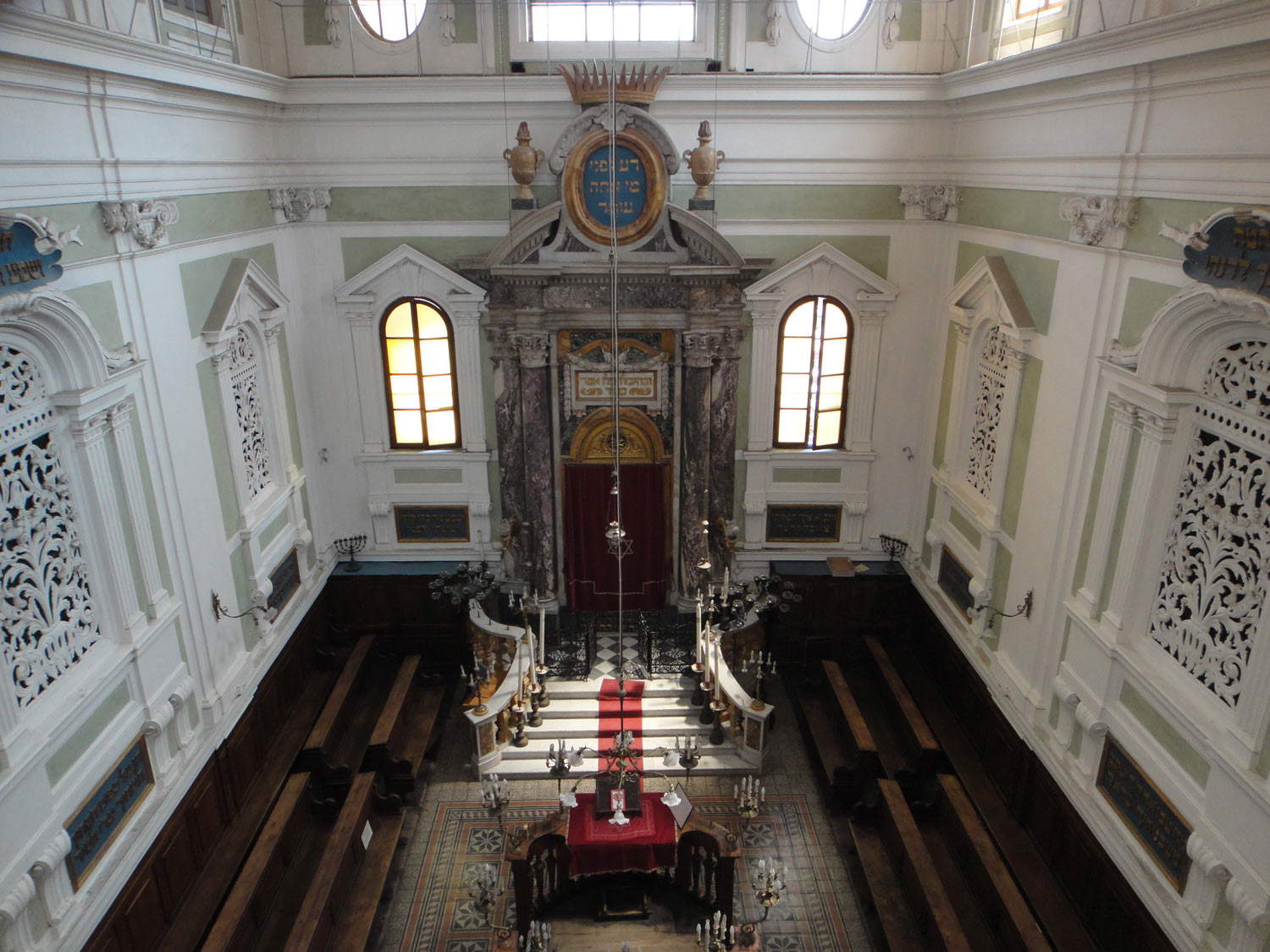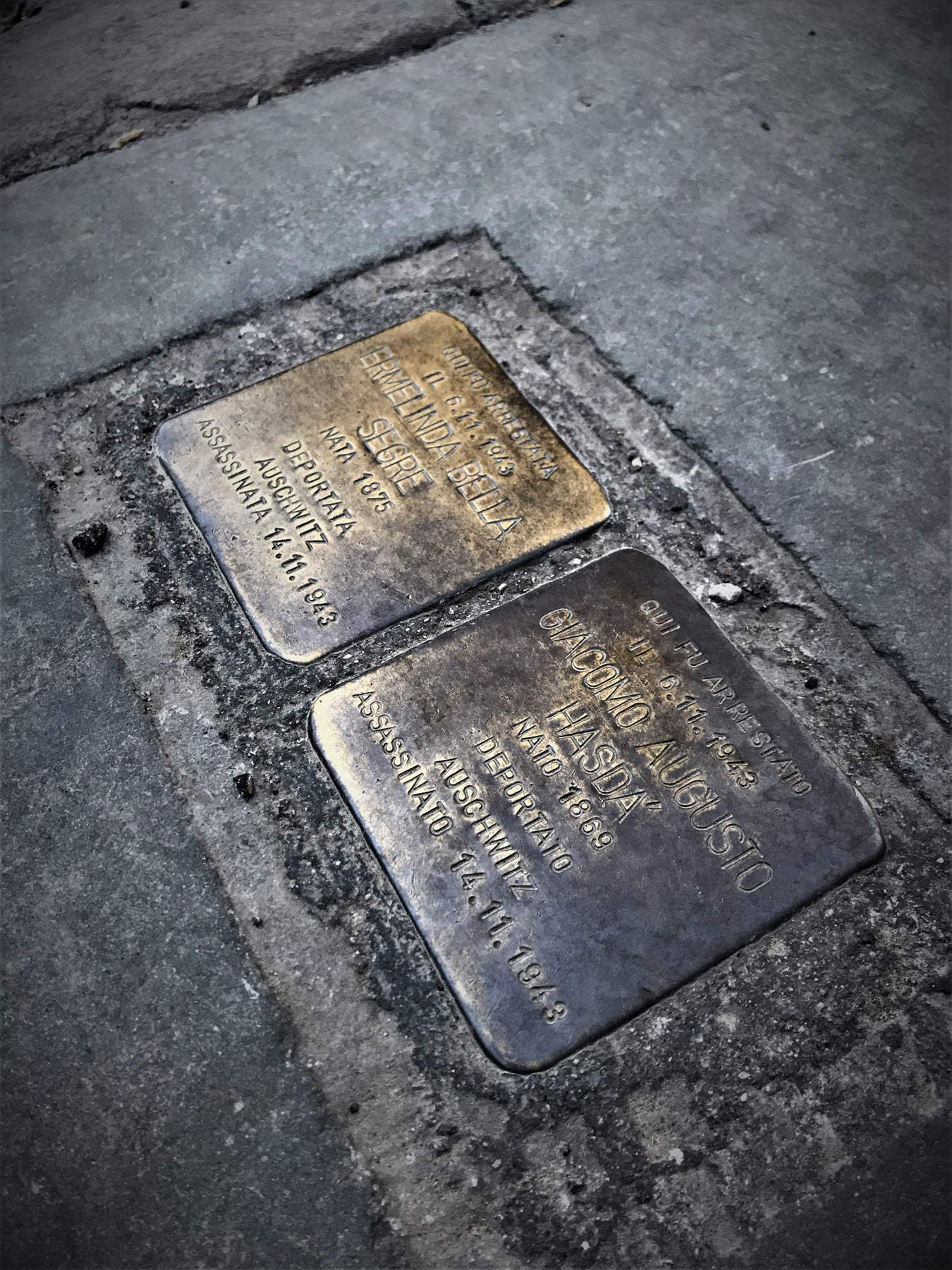It was July 3, 1944, when French troops entered Siena through Porta San Marco, a few hours after the Nazi-Fascists had left it: the city was in fact liberated "softly," without the din of cannonades and machine guns, since the Liberation Committee had preferred to find a compromise with the retreating Nazi-Fascists through a Civic Guard that had taken on the task of maintaining order. Since 1943, Siena had become a hospital town and was therefore almost totally protected from Anglo-American air raids and Nazi destruction. However, the French troops were greeted festively by the citizens, with bell tolling and the flags of the various contrade flying free high in the sky.
It is said that General Joseph de Goislard De Monsabert, commander of France’s troops, was so fascinated by Siena’s artistic treasures, particularlyGothic art, that he told the artillery unit, “Shoot wherever you like, but I forbid you to shoot beyond the 18th century.” A phrase that can still be seen today engraved on the memorial slab at the entrance to Porta San Marco, testifying precisely to the commander’s order not to destroy those wonders.
Even though the Sienese liberation was a liberation without cannons, there was no shortage of violence and abuse carried out by the Nazi-Fascists against Jews and partisans: Jewish citizens were captured by local fascists and deported, partisans were tried and suffered shootings.
From ancient times Jews were forced into a difficult life: in Siena their presence is documented as early as the 12th century, and from the second half of the 16th century they were forced to live in the so-called Ghetto, which corresponded to the area of the contrada della Torre and included the alleys of the Scotte, Luparello, Manna, Archi and Fortuna, as a result of the restrictive measures of the Grand Duke of Tuscany Cosimo I de’ Medici. Despite the restrictions and confinement, the Sienese Jewish Community grew, eventually exceeding four hundred members. Dating back to 1766 is the Synagogue, still the center of worship for the local Jewish community; an itinerary consisting of texts, images and documents, located in the ancient women’s gallery, traces the most significant events and stages of the Jewish presence in Siena.

 Siena Synagogue
Siena Synagogue Siena
SienaIt was certainly during theHolocaust period that Jews had to suffer the most tragic violence.
If we wanted to trace the history of Siena from the early twentieth century, the museums of the Siena Museums Foundation, from the Synagogue to the Rooms of Memory, offer many insights into the themes of memory, fascism and the Resistance up to the Liberation.
The Rooms of Memory, inaugurated in 2007 on the occasion of Holocaust Remembrance Day, which falls on January 27, is a museum itinerary of 20th-century Sienese history set up in the "Casermetta," so called by the inhabitants of Siena since in 1943-1944 the building became the headquarters of the political police of the Italian Social Republic, where arrested anti-fascists were interrogated and tortured and from where punitive expeditions against partisans departed, are intended to lead one to reflect on the freedom and social justice won by the men and women protagonists of the events of that era and, above all, are intended to tell so as never to forget one of the most dramatic periods in history.
Thus, visitors will walk through the main themes included between World War I and the Liberation of July 3, 1944: on the second floor, the squadrism and the advent of Fascism, the dictatorship and the building of consensus, the repression of dissent, and the racial laws are dealt with; going up to the second floor, the salient episodes of World War II and the partisan struggle are continued, concluding with the Liberation. The public will be accompanied in each room by blow-ups, films, panels and narrating voices, and in particular with regard to the partisan struggle there are videos with testimonies from some of the protagonists: this is the Memory Room, where on six screens six characters in rotation tell intense fragments of partisan and Resistance stories. The video sequence ends with a reconstruction of theMontemaggio massacre, when nineteen partisans were killed by the Republican National Guard on March 28, 1944. They were all young boys who had attempted to escape to join the partisan groups of the Garibaldi Brigade. The twentieth, Vittorio Meoni, managed to escape into the woods and make it to safety despite the injuries he sustained during his escape. A red flag commemorates the partisans engaged in the liberation struggle of the Sienese territory, and on the floor of the last room, that of the rebirth of social and political life, are projected images of citizens celebrating the entry of French troops on that July 3.
The most scenic room in the museum itinerary is the Torture room: completely dark and illuminated only by two beams of light aimed at a chair and a Harpy made by Gianni Fanello from metal, bones and teeth, the visitor here witnesses the stories of those who were arrested, interrogated and tortured at the Casermetta. It concludes with the letter of Adorno Borgianni, who was sentenced to death and shot in Siena’s Lamarmora Barracks.




 Siena, stumbling
Siena, stumbling Siena, stumbling
Siena, stumblingAneducational room precedes the Rooms: the room is dedicated to Fortunato Avanzati, known as Viro, commander of the Spartaco Lavagnini Garibaldi Brigade. It is here that groups stop at the beginning and end of the tour, but it is also used for meetings, book presentations, and screenings. The images are graphic works by Andrea Rauch and summarize the itinerary that unfolds within the Rooms: the House of the People set on fire, Sienese antifascists participating in the Spanish War, a group of partisans, Viro giving a speech after the Liberation.
In addition to the Rooms of Remembrance, the war and the Holocaust and especially their victims are also remembered in Siena by two stumbling stones, which are located in Via Fiorentina, at number 87. They commemorate Giacomo Augusto Hasdà and Ermelinda Bella Segre, a Jewish couple who were arrested on November 6, 1943, imprisoned and eight days later killed in the Auschwitz death camp.
Called Stolpersteine in German, the stumbling stones are small stone blocks covered with brass plaques and bricked into the ground in front of the door of the house corresponding to a deportee’s last residence in the Nazi death camps. Indeed, the plaque is engraved with the name, year of birth, day and place of deportation, and date of death. The first person to design the stumbling stones was German artist Gunter Demnig, who laid one in Cologne in 1993. A tribute to the victims of deportation to the Nazi death camps.
From the Ghetto to the Rooms, to the stumbling stones: an itinerary through the places of memory that tell the condition of the Jewish community in Siena, as well as a glimpse of 20th-century history.
 |
| Siena, an itinerary through the places of memory |
Warning: the translation into English of the original Italian article was created using automatic tools. We undertake to review all articles, but we do not guarantee the total absence of inaccuracies in the translation due to the program. You can find the original by clicking on the ITA button. If you find any mistake,please contact us.